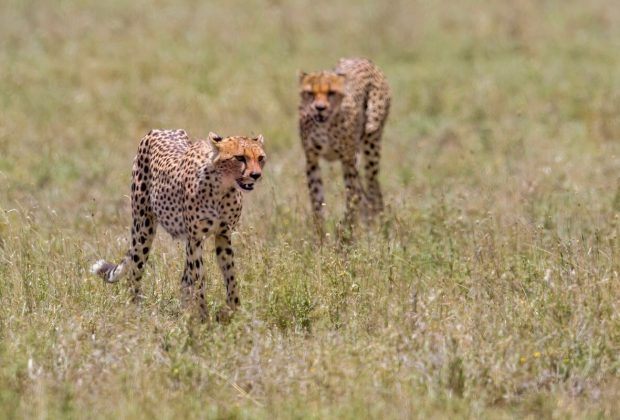Ruaha National Park in the center of Tanzania takes its name from the Hehe word for ‘river.’ The eponymous Great Ruaha River serves as a lifeline for the park’s wildlife. Although it’s the largest national park in the country and rich in wildlife, Ruaha is one of the least busy places to visit in Tanzania, so safaris here feel remote and exclusive.
In the dry season, visitors can expect to see golden savannah studded with baobabs and misty hills stretching along the horizon. With the annual rains, the grasslands become lush green, and the baobabs bloom.
Waterbuck, impala, and gazelle come to the river to drink and predators are never far behind. You may spot lion or leopard prowling watchfully along the banks, or cheetah lying in wait on the plains, while skulking jackal and hyena are on the lookout for an opportunity to catch their next meal.



